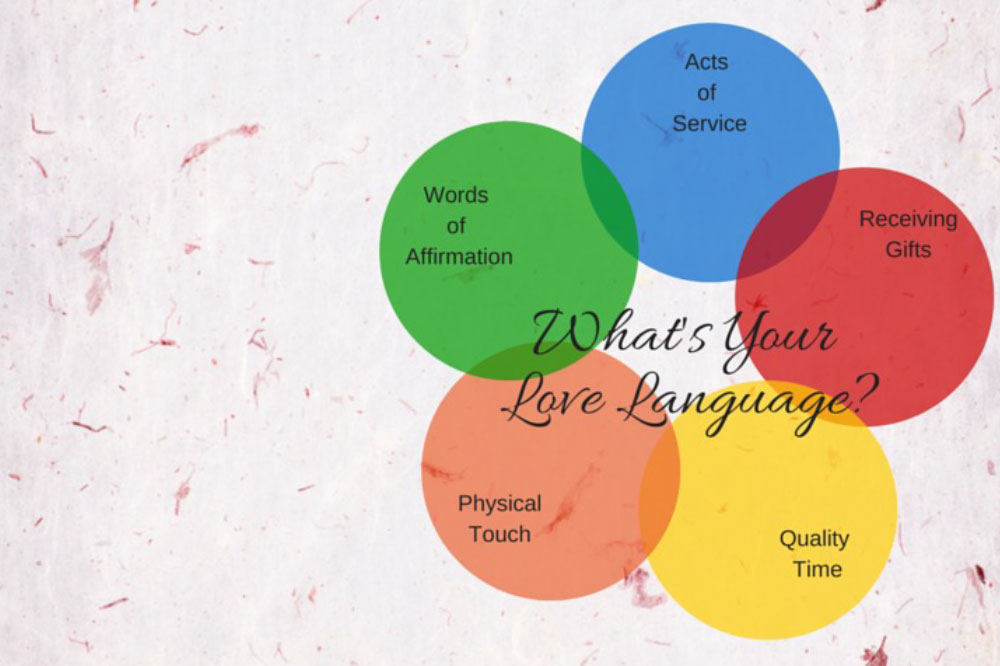We don’t all feel or experience love in the same way. Some of us will only be content when we hear the words “I love you”, some prize quality time together, while some will feel most cared for when our partner scrubs the toilet.
In this way, love is a bit like a country’s currency: one coin or bill has great value in a particular country, less value in the countries that border it, and zero value in many other countries. In relationships, it’s essential to learn the emotional currency of the humans we hold dear and identifying their love language is part of it.
When we know what another person’s love language is, we can choose the gestures that will most resonate with our partner, friend, parent, or child. And, when we know what makes us feel loved, we can ask other people for exactly what we need. Here’s a look at the five languages and how they can be applied and optimized — even during a pandemic.
Love language #1: Words of affirmation – Those of us whose love language is words of affirmation prize verbal connection. We want to hear you say precisely what you appreciate or admire about us. For example: “I really loved it when you made dinner last night”; or just “I love you”. For the people in your life that you’re not seeing in person because of the pandemic, you could film a short video to send them.
Love language #2: Acts of service – Some of us feel most loved when others lend a helping hand or do something kind for us. Why not take on the chore that everyone avoids doing, whether that’s cleaning the oven, changing the litter box, scraping ice off the car, or filling and running the dishwasher? For anyone whose love tank is filled up by people pitching in, seeing someone intentionally scanning the environment to figure out what they can do to make their environment better sends a clear and loving message to them.
Love language #3: Gifts – Those of us whose love language is gifts aren’t necessarily materialistic. Instead, their tanks are filled when someone presents them with a specific thing, tangible or intangible, that helps them feel special. Yes, truly, it’s the thought that counts, even a favorite chocolate bar or magazine can fill an emotional bank account.
Love language #4: Quality time – Having another person’s undivided, dedicated attention is precious currency for the people whose love language is quality time. In a time of COVID-19 and quarantining, spending quality time together can seem challenging. But thanks to technology, it’s actually one of the easiest to engage in. Make an intentional effort to have virtual coffee dates with the colleagues you’ve been missing or go on distanced walks with your in-laws. Schedule an in-house date night with your partner or spouse — no phones or “I’m just going to turn on the TV for a second” distractions allowed. Nothing says “I love you” in quality time language better than them being the only thing on your agenda.
Love language #5: Physical touch – While there are no easy solutions during the pandemic, we can get creative. For loved ones who are touch-deprived, try emailing them an outline of your hand and instruct them to lay their hand on the image while imagining your hand on theirs. Even thinking about a warm embrace — something you can do by texting friends and family members with the hug or hugging face emoji and telling them you wish you could be doing this in person — can cause their brain to produce some of the same endorphins as an actual hug would.
Long before COVID arrived on the scene, we were already living through an epidemic of loneliness. Loneliness is not just about being alone; it’s about experiencing a lack of satisfying emotional connections. By taking the time to learn each other’s love languages and then using them, we can strengthen our relationships and our bonds to others.




